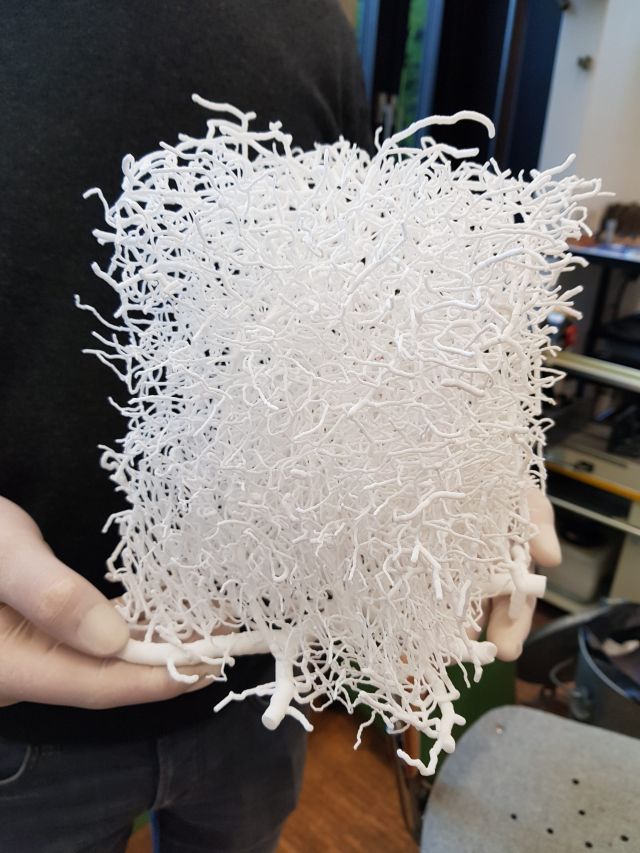Navigation auf uzh.ch
Navigation auf uzh.ch
3D printing or additive manufacturing is the construction of a three-dimensional object from a digital 3D model. It can be done in a variety of processes in which material is deposited and added together (such as plastics, liquids or powder grains being fused), typically layer by layer.
The technology has been used in manufacturing, medical, industry and sociocultural sectors (e.g. Cultural Heritage) to create successful commercial technology. More recently, 3D printing has also been used in the humanitarian and development sector to produce a range of medical items, prosthetics, spares and repairs. The earliest application of additive manufacturing was on the toolroom end of the manufacturing spectrum. For example, rapid prototyping was one of the earliest additive variants, and its mission was to reduce the lead time and cost of developing prototypes of new parts and devices, which was earlier only done with subtractive toolroom methods such as CNC milling, turning, and precision grinding. In the 2010s, additive manufacturing entered production to a much greater extent.
The advantages of additive manufacturing are as follows
